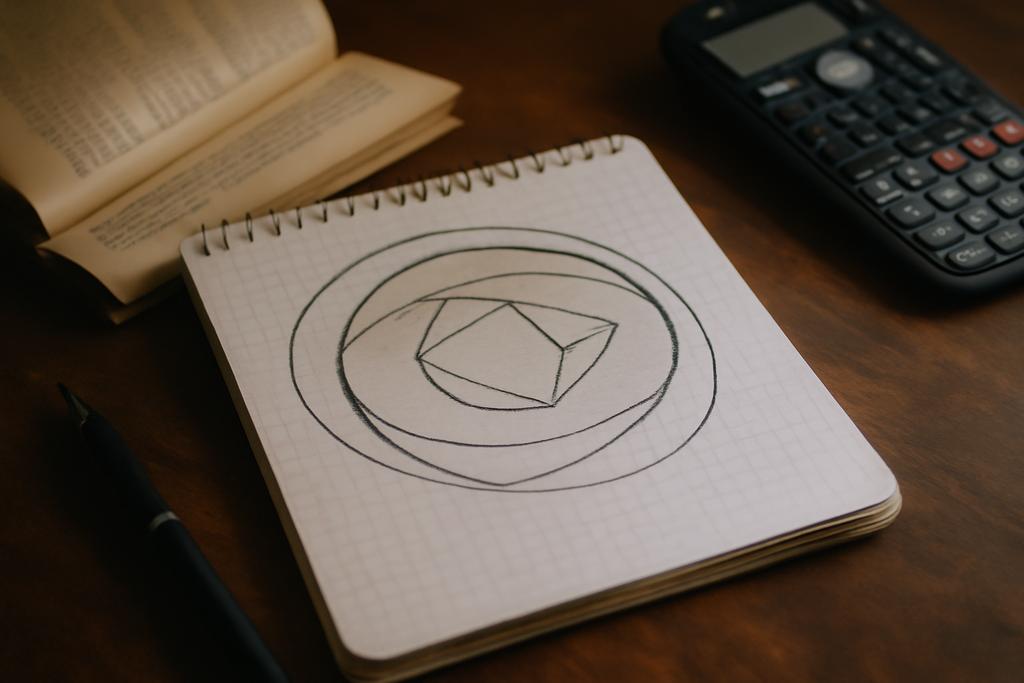Geometry loves a hinge moment. When two curves touch, something feels suspended between rivalry and romance, a moment that reveals deeper rules about shape, motion, and possibility. The old tale of the Poncelet porism is exactly that kind hinge: if you can draw a polygon that sits on the inside of one conic and nudges along the outside of another, closing up neatly, then you can draw infinitely many such polygons. It’s a paradox wrapped in a promise: a single successful tour proves a whole family can be toured. The idea has a long and storied life in mathematics, a kind of Rosetta Stone linking projective geometry, elliptic functions, and even the logic of certain billiard games.
What makes the new work by Vladimir Dragović of the University of Texas at Dallas and Milena Radnović of the University of Sydney, with ties to Belgrade, so striking is that it ventures into the real, less-than-perfect world where conics aren’t perfectly smooth and aren’t always in perfect contact. Real planes can be stingy with symmetry: tangencies appear, singularities creep in, and the neat porism story seems to wobble. The authors ask a sharper question: when, exactly, does a porism survive in these singular or tangent moments, and what precise conditions govern the existence of those stubborn, closed polygons inscribed in one curve and circumscribed about the other? Their answer is a blend of geometry, algebra, and a touch of spectral arithmetic that still feels cinematic in its implications.
Read with the right eye, this is not just a tale of curves; it is a lens on how mathematics keeps its promises even when the scenery is messy. The work sits at the intersection of classic geometry, the theory of billiards as a dynamical system, and the algebraic underpinnings that govern when a path repeats itself after a finite number of steps. In this sense, the paper is both a clarifying map and a bold stretch goal: it extends a venerable result into edges of the plane where intuition can falter but structure persists. The researchers’ collaboration across UT Dallas, the University of Sydney, and the Mathematical Institute SANU in Belgrade reflects a broader mood in mathematics today—solve the clean problem, then chase what happens when the clean breaks apart.










